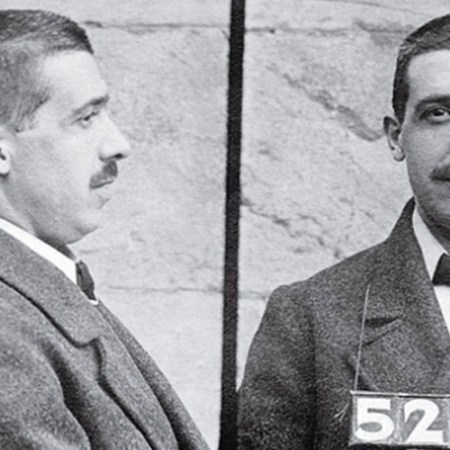It isn’t shocking that countless people find the stories of art forgers compelling. By and large, they provide a fascinating conundrum: someone with the technical skill to create stunning visuals, yet who puts their talents to a very different task than making new works of art. One of my favorite novels, Robertson Davies’s What’s Bred in the Bone, delves deeply into the psyche of such a figure — a man who only finds inspiration when echoing the styles and techniques of a bygone age.
Truth, as the saying goes, is sometimes stranger than fiction. And reading Blanca Schofield’s Air Mail profile of David Henty — a man who literally has a plaque calling him “the world’s number one art forger” — it isn’t hard to see why.
Henty looms large in the world of art forgery; last year, The Guardian discussed his work advising crime novelist Peter James for a fictional trip into the world of forgery. In 2016, The Telegraph published an article discussing Henty’s move from lucrative (though illegal) outright forgery to creating sanctioned copies of works of art.
That’s a worthwhile distinction: as Schofield’s article reveals, some wealthy art collectors will hire someone like Henty to duplicate works from their collection so that they can display something that is, to all appearances, the genuine article while keeping the actual painting safe in storage. You may recall the moment in 2006 when Steve Wynn accidentally tore a hole in a Picasso; it’s not hard to see why other affluent art collectors might take steps to avoid something similar.
World’s Top Art Forgery Detective Explains How to Spot a Fake
Thanks to its fraud-busting expert, Sotheby’s offers a five-year guarantee for its auction sales.From what Henty told Air Mail, his skills seem to have solidified at an early age. “I always thought everyone could paint. I never thought it’s anything special,” he recalled. “I could just knock out a Picasso.” It’s a lucrative skill to have, that’s for sure — as long as you’re not using it to break the law and rewrite art history along the way.
This article appeared in an InsideHook newsletter. Sign up for free to get more on travel, wellness, style, drinking, and culture.



















